ReadWriteThink
Read Write Think: Using Technology to Analyze and Illustrate Symbolism in Night
Images have power-they can trigger memories or symbolize abstract ideas. Students put the power of images to the test as they analyze symbolism in Night and create symbolic photomontages.
Education.com
Education.com: 1st Grade Reading & Writing Resources
[Free Registration/Login Required] This collection of first grade reading and writing resources contains lesson plans and worksheets that can be used during the research process.
Other
Reading Quest: Strategies for Reading Comprehension: Summarizing
Teach students to summarize nonfiction text with these lesson plans. Includes worksheets and activities that can be downloaded and printed.
Utah Education Network
Uen: Cloud, Rain, and Fog
During these three days of lessons, 2nd graders will learn about weather from the nonfiction text by asking questions, and focusing on the text features of the book.
Georgia Department of Education
Ga Virtual Learning: Contemporary Nonfiction: The Woman Warrior
This lesson focuses on The Woman Warrior, by Maxine Hong Kingston, memoirs of her growing up as a child of Chinese immigrants. It features links to an excerpt of the text, and summaries and commentaries from Shmoop and Sparknotes. There...
Polk Brothers Foundation Center for Urban Education at DePaul University
Depaul University: Center for Urban Education: Classify Facts and Opinions [Pdf]
Students will find three lessons about facts and opinions in this learning module. The following topics are linked in the module: contrast and evaluate fact and opinion; classify facts and opinions; and locate and classify facts.
Texas Education Agency
Texas Gateway: Literary Text: Imagery, Metaphor, and Simile
Writers use sensory imagery ("smelled the salty air"), similes ("like a strong man playing tug-of-war"), and metaphors ("the waves roaring in my ears") to capture the reader's imagination. In this lesson, you will learn how to identify...
ReadWriteThink
Read Write Think: Amy Tan's
Contains plans for five lessons that use Amy Tan's essay "Mother Tongue" to teach about nonfiction and fiction as well as engage the issue of language and identity. In addition to objectives and standards, this instructional plan...
TES Global
Blendspace: Text Connections Pompeii in Poetry, Fiction and Nonfiction
A fourteen-part learning module with links to texts, videos, and websites that demonstrate text connections through various texts about Pompeii.
Beacon Learning Center
Beacon Learning Center: Web Lesson: Get the Idea
Read through a lesson about main ideas and supporting details to understand their importance. Practice choosing the main idea of three nonfiction paragraphs. Features practice activities to enhance learning.
Writing Fix
Writing Fix: Snowball Note Making and Summarizing
In this lesson, students will engage in this post-reading strategy for a nonfiction or a fiction piece. Each student will take notes on a four-square square graphic organizer about something they already knew, something they found...
SMART Technologies
Smart: Main Idea & Details
This interactive lesson offers clarification and practice in the realm of main ideas and details.
ReadWriteThink
Read Write Think: Exploring Cross Age Tutoring Activities With Lewis and Clark
Interaction and adventure draws high school and elementary school students together as they analyze stories about the Lewis and Clark expedition.
Georgia Department of Education
Ga Virtual Learning: Anglo Saxon Literature
This lesson focuses on Anglo-Saxon Literature including the importance of the monks who listened to the stories and poems and wrote them down and the two nonfiction pieces that had an impact on creation of the written language: The...
Texas Education Agency
Texas Gateway: Literary Text: Hyperbole and Understatement
[Accessible by TX Educators. Free Registration/Login Required] In this lesson, you will learn to recognize hyperbole and understatement in nonfiction.
Texas Education Agency
Texas Gateway: Literary Text: Irony, Sarcasm, and Paradox
[Accessible by TX Educators. Free Registration/Login Required] In this lesson, you will learn to evaluate the role of irony, paradox, and sarcasm in literary nonfiction such as speeches and essays. Take a look at the chart; it contains...
Utah Education Network
Uen: Enlightening Explorations, Part Iii
This lesson contains the following labs: Rainbows, Refraction with Prisms, and What Color Is It? Students will study light by reading various nonfiction texts and viewing a video lesson. Then students will engage in the following labs:...
Utah Education Network
Uen: Balanced Diet
In this instructional activity, 2nd graders will learn about the components of a balanced diet. Students will analyze charts and then self-report their own foods in categories. Several fiction and nonfiction books are listed as...
Annenberg Foundation
Annenberg Learner: History/social Studies: Adapting and Modifying Sources
This interactive demonstrates how a piece of primary source text can be adapted or modified for readers at different levels of proficiency in order to ensure their understanding.
Polk Brothers Foundation Center for Urban Education at DePaul University
De Paul University: Center for Urban Education: What Is a Fable? [Pdf]
"What is a Fable?" is a one page, nonfiction passage about what a fable is including animals that talk and a lesson learned. It is followed by an open-ended question which requires students to provide evidence from the story; it includes...
Alabama Learning Exchange
Alex: Vocabulary Magic
Using the book Farmer Duck, this lesson will take words that are unknown to students and teach students how to determine their meanings. This will help open up the world of reading to students.
Alabama Learning Exchange
Alex: Play the Dewey Decimal System Game
This lesson introduces the 10 main categories used in the Dewey Decimal Classification System for non-fiction bookshelf arrangement. A slideshow will be presented to students to help them learn details about the Dewey Decimal...
South Carolina Educational Television
Know It All: Non Fiction Text Features
Fifth graders will use non-fiction books to identify and explain how text features help them as individual readers.
Books in the Classroom
Carol Hurst's Children's Literature Site: Eric Carle
What do you know about Eric Carle, the author? This Carol Hurst site highlights some interesting facts about this author's life and refers to some of his books.



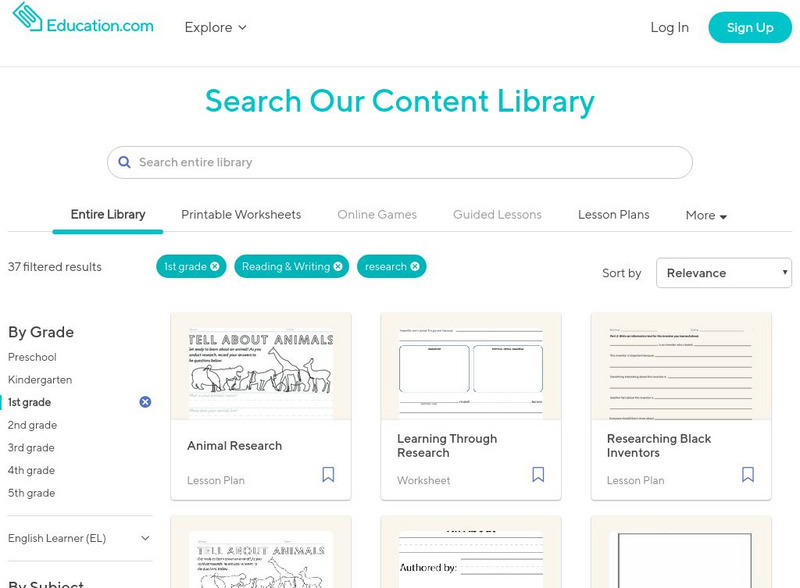


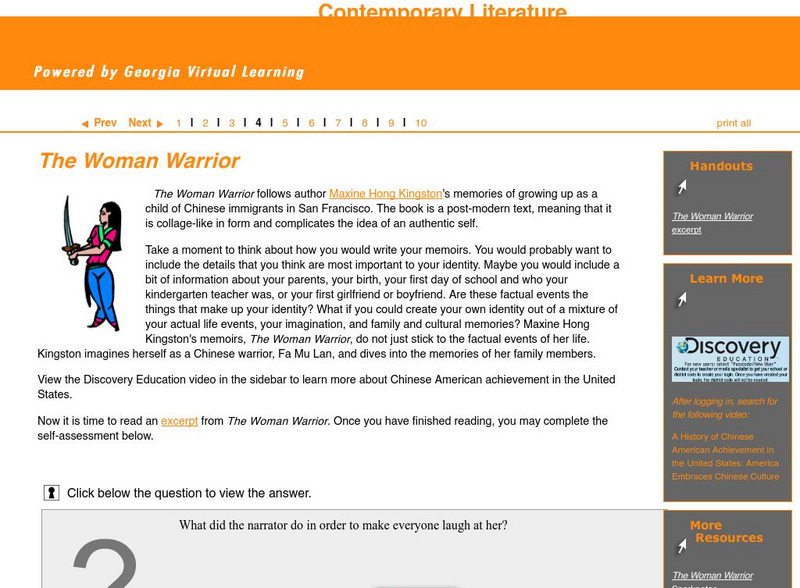
![Depaul University: Center for Urban Education: Classify Facts and Opinions [Pdf] Unit Plan Depaul University: Center for Urban Education: Classify Facts and Opinions [Pdf] Unit Plan](https://content.lessonplanet.com/knovation/original/119988-719af6c927af61affa025c27754c7fae.jpg?1661787067)
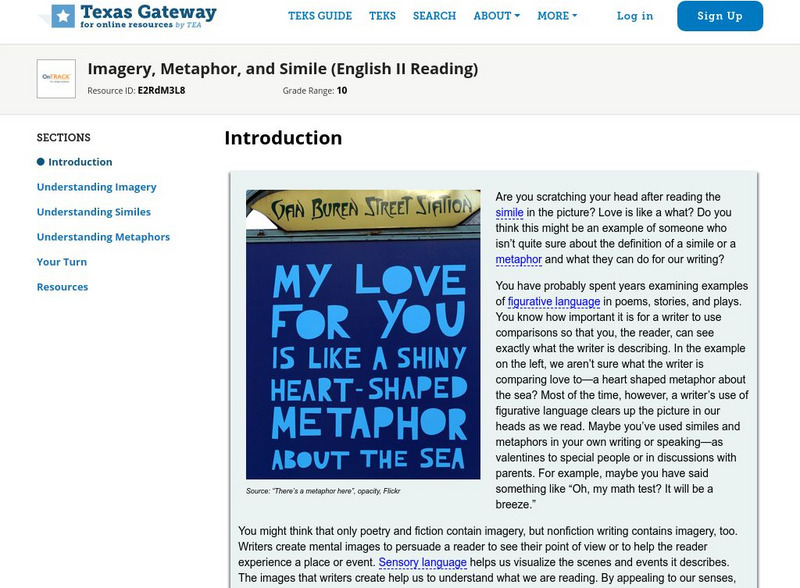
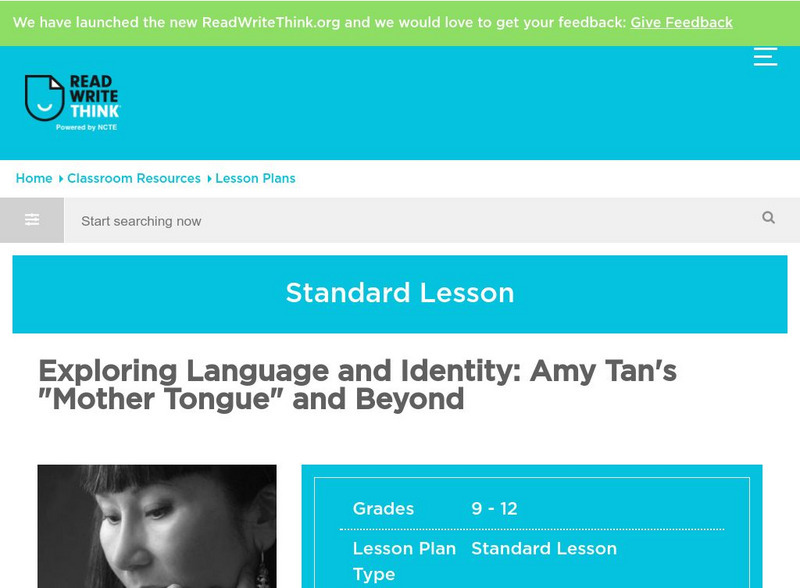






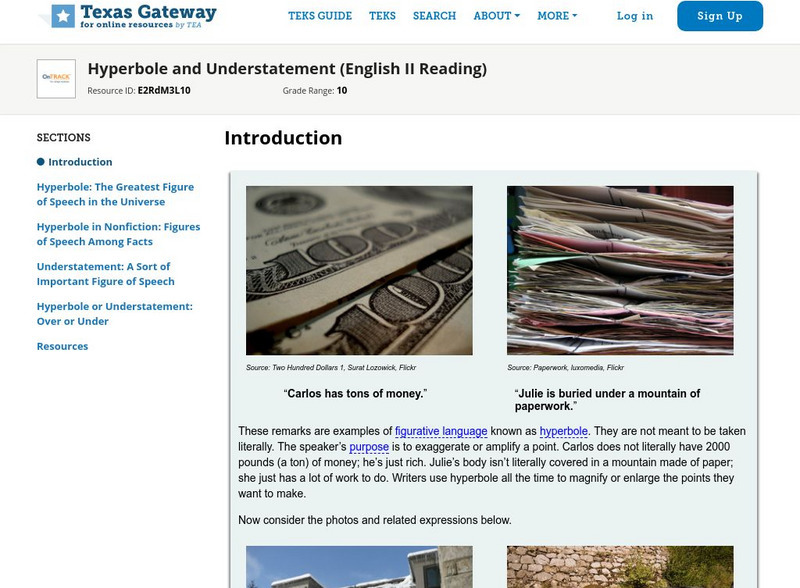


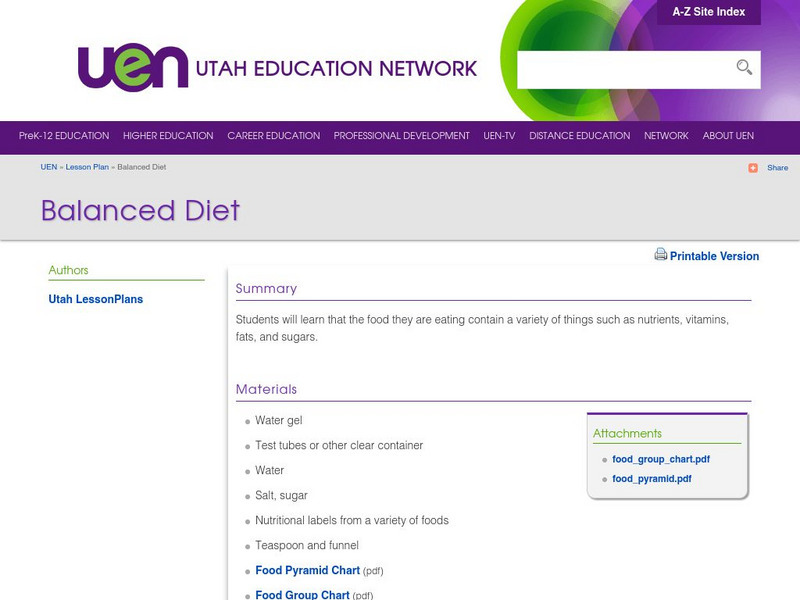

![De Paul University: Center for Urban Education: What Is a Fable? [Pdf] Unit Plan De Paul University: Center for Urban Education: What Is a Fable? [Pdf] Unit Plan](https://d15y2dacu3jp90.cloudfront.net/images/attachment_defaults/resource/large/FPO-knovation.png)


